CARLO VALSECCHI. SAN LUIS, CURATED BY GABRIELLA BELLI – MART ROVERETO
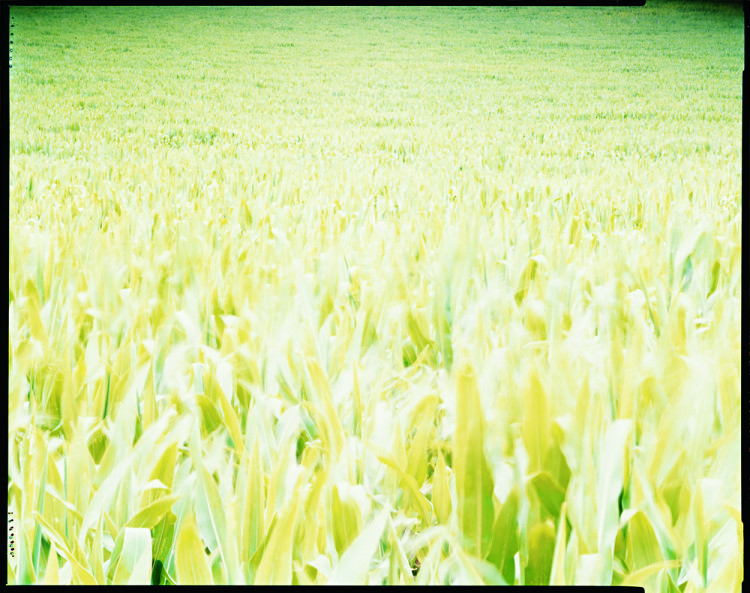
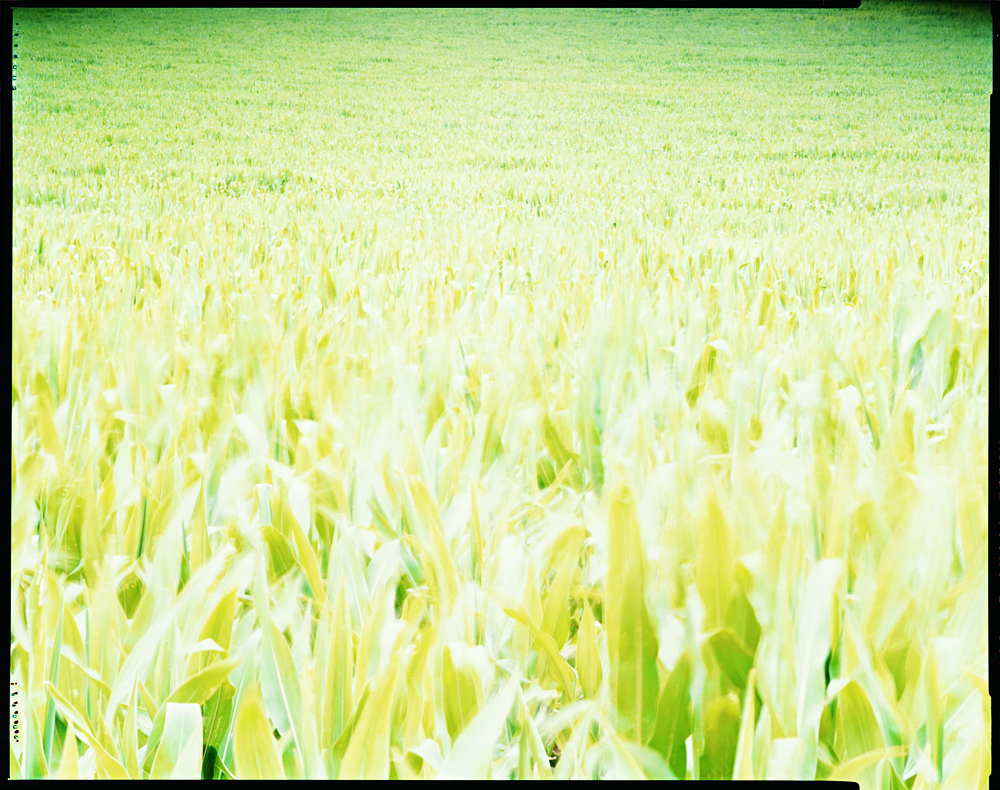
Mart, Rovereto
from 19th November 2011 to 26th February 2012
A reconnaissance “at the limit of the visible” of the boundless open spaces of the Argentine plains in the photographs by the Italian artist and photographer. And a highly topical reflection on the relationship between man and nature.
The Mart di Rovereto presents Carlo Valsecchi. San Luis, curated by Gabriella Belli, from 19th November 2011 to 26th February 2012. The project comprises 36 large photographs taken between 2007 and 2008 in some of the most far-flung corners of Argentina.
Carlo Valsecchi (Brescia 1965), one of Italy’s leading photographers, has designed this series as “a sort of Land Art”: the photographs themselves are the arrival point of an intense activity of research and analysis into the signs, traces and minimal movements generated by the passage of men and animals in a vast open space.
In San Luis, we see ploughed fields and open spaces never touched by human hand; straight roads and long irrigation channels. In all these cases, Valsecchi shows his aim of investigating the relationship between mental space and physical space. This is a central theme in the artist’s work, including in works that present industrial and architectural or urban scenarios.
In the case of San Luis, the relationship between that which exists and what is known with respect to reality become extremely complex: indeed, the type of extension to which these images refer is almost impossible to decode for a Westerner.
For example, in the monumental “# 0507 San Luis” (2007), 1.5 metres broad and 16.5 metres long, a boundless landscape is surmounted by a blue strip. For a European, a vision of this type suggests the distant sea. But at San Luis, the sea is so far away as to be radically absent. The blue is actually an optical effect generated by other lands on the horizon that the eye cannot resolve.
As Walter Guadagnini summarises in the catalogue (Silvana Editoriale), “The question is how much to see, to what point can seeing by pushed before it becomes the opposite of itself, in pure invisibility”. A sort of close combat with the very idea of limit, therefore, described in the catalogue by Tobia Bezzola as “the vertigo of horizontality”. The reference is to the famous scene in Hitchcock’s “North by Northwest”, in which Cary Grant is followed by a plane in a field that seems to dive horizontally.
“The encounter with the vertigo of horizontality”, explains Valsecchi, “is of an unheard-of force, leaving you breathless. You have to forget that you are an inhabitant of the old world and allow yourself to be enveloped by nature’s spaces. Before nature, we humans often reveal a “transitory arrogance” through which we become blind. Managing to imagine a relationship with the untouched Nature of these parts has in my own case been extremely complex, but at the same time an irrepressible desire”.
Valsecchi’s photographs thus also bear witness to an attempt to imagine nature without man. In this regard, in his text Bezzola quotes Joseph Brodsky, writing “life without us is conceivable. Certainly, but is it imaginable?”
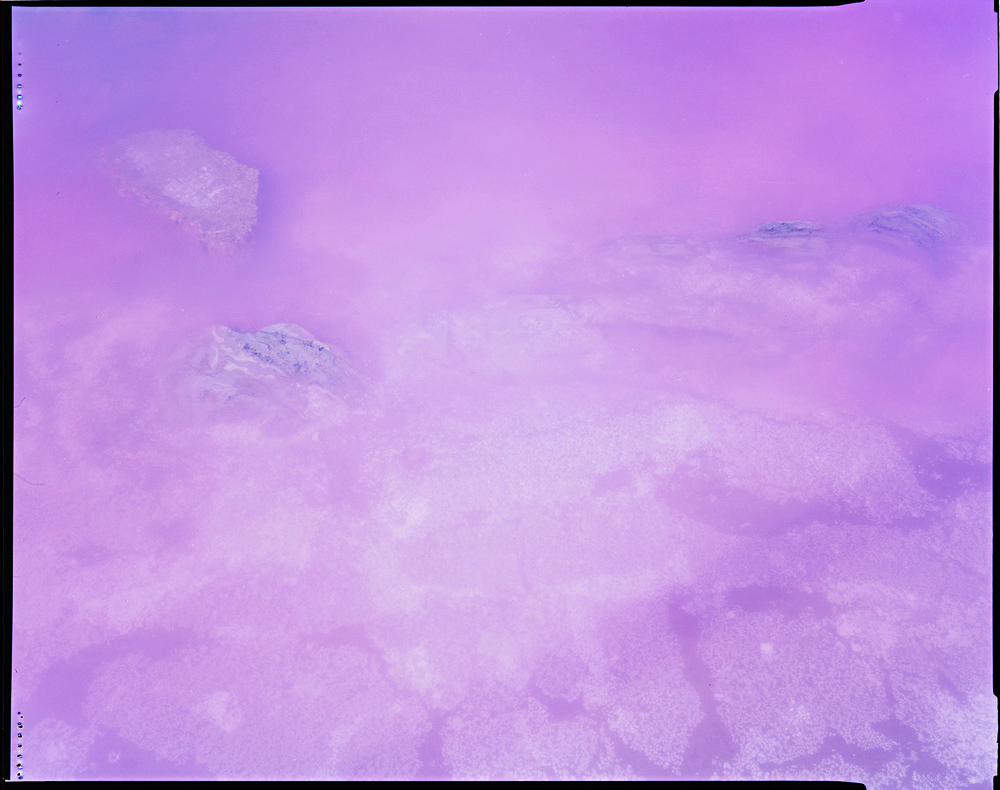
Carlo Valsecchi
Carlo Valsecchi was born in Brescia on 30th January, 1965. He lives and works in Milan.
Since the early 1990s, he has undertaken campaigns of documentations and screening of production locations that have led to personal and collective exhibitions in Italy and abroad, in public and private spaces.
Among the earliest of these were the one-man shows at the Istituto Italiano di Cultura of New York in 1999, at the Fondazione Guggenheim in Venice in 2000, at the Galerie 213 in Paris in 2001 and 2003, at the Studio Casoli of Milan in 2001, at Guido Costa Projects in Turin in 2003 and 2006, at the GAMeC of Bergamo in 2003 and at the Fondazione Rosselli of Turin in 2005.
His project about the steel industry dates from 2006 and culminated in a major exhibition at the Triennale in Milan. In 2009, he arranged the Lumen exhibition at the Musée de l’Elysée, Lausanne, and at the Kellerkunst Gallery in Zurich. From 2011, it is worth noting “Lumen” at the Galleria Carla Sozzani, Milan, with the Musée de l’Elysée of Lausanne.
Among the collective exhibitions of note are his participation in the Venice Architecture Biennale in 1992, at the Milan Triennale in 1996, in the Semaines européennes de l’image – Le bâti, le vivant at the Chapelle du Rham in Luxembourg in 2002, in Il fantasma della libertà, la sparizione dell’immagine nella fotografia italiana at the Spazio Erasmus of Milan in 2002, Past, Present, Future at the Bank Austria Kunstforum of Vienna in 2009 and at the Palazzo della Ragione in Verona in 2010. In 2011, Valsecchi has been invited by Norman Foster to take part in the Italian Pavilion at the Venice Biennale.
There have been many books and critical texts dedicated to his work: Tector – The architecture of an engine built for reliability, texts by Guido Costa, IVECO, Turin, 2000; Porto Vado, texts by Guido Costa, GF Group, Albenga, 2002; # 0148 Dalmine, texts by Giacinto di Pietrantonio, Skira, Milan, 2003; 2797°F, texts by Marco Meneguzzo and Javier Barreiro Cavestany, 5 Continents, Milan, 2006; Frutta e Verdura, texts by Luca Massimo Barbero and Giuseppe Barbera, 5 Continents, Milan, 2008 and Lumen, texts by Nathalie Herschdorfer and Hatje Cantz, Ostfildern (Germany), 2009. The latest publication is a book entitled “Carlo Valsecchi Fotografie. Architetture Caruso e Torricella”, recently published by Electa.
His works may be found in private and public collections in Italy and abroad. Carlo Valsecchi lives and works in Milan.
MartRovereto
Corso Bettini, 43 38068 Rovereto (TN)
t. 800 397760 info@mart.trento.it – www.mart.trento.it
Opening times: Tuesday to Sunday, 10 a.m. – 6 p.m. Friday, 10 a.m. – 9 p.m.
Information and bookings
tel.+39 0464 454 154-108
education@mart.trento.it – www.mart.trento.it
Director, Public Relations: Flavia Fossa Margutti
Press Office:
Luca Melchionna 0464.454127 cel 320 4303487 press@mart.trento.it
Clementina Rizzi 0464.454124 cel. 338 6512683 press@mart.trento.it
The Mart wishes to thank: Provincia autonoma di Trento Comune di Trento Comune di Rovereto
In partnership with: UniCredit
With the support of: campagano spa
Technical partners:
Cartiere del Garda Trentino Marketing
For the educational activities:
Casse Rurali Trentine
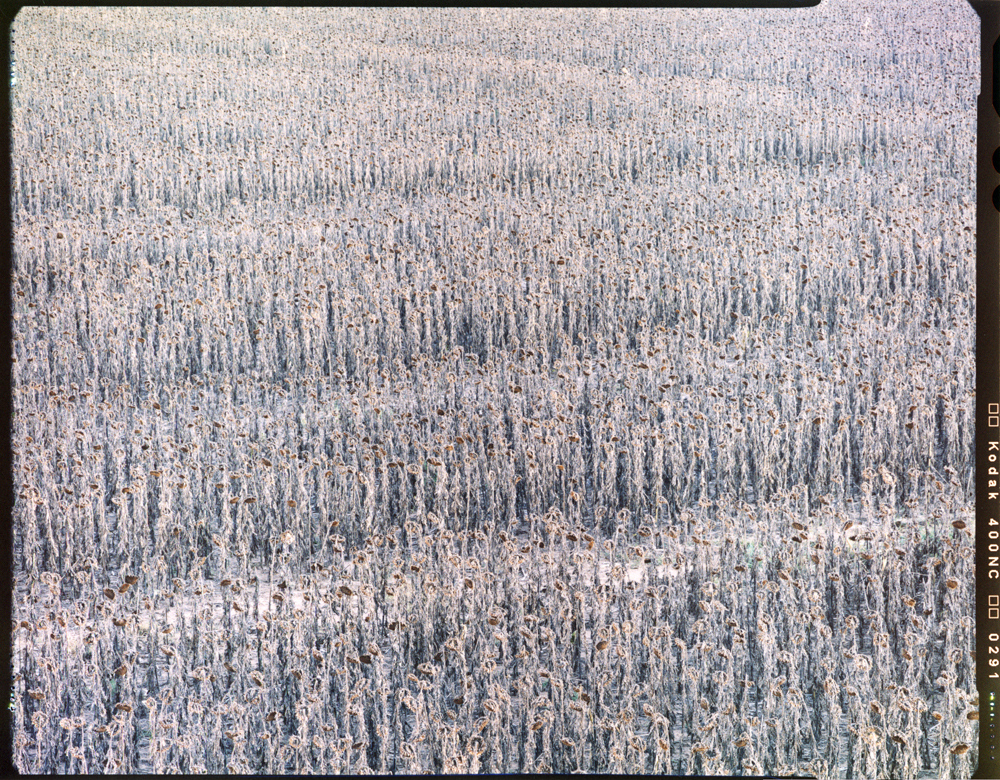
Gabriella Belli
www.mart.trento.it
Il Mart di Rovereto presenta “Carlo Valsecchi. San Luis”, a cura di Gabriella Belli, dal 19 novembre 2011 al 26 febbraio 2012. Il progetto comprende 36 grandi opere fotografiche realizzate tra il 2007 e il 2008 in alcuni dei luoghi più sperduti dell’Argentina.
Carlo Valsecchi (Brescia 1965), tra i maggiori fotografi italiani, ha concepito questa serie come “una sorta di Land Art”: gli scatti fotografici veri e propri sono stati il punto di arrivo di un intenso lavoro di ricerca e analisi sui segni, tracce, spostamenti minimi generati dal passaggio umano e animale in un territorio sconfinato.
In “San Luis” si vedono campi arati, oppure spazi aperti mai toccati da mano umana; rettilinei stradali, o lunghissimi canali di irrigazione. In tutti questi casi Valsecchi mostra di voler indagare il rapporto tra spazio mentale e spazio fisico. Un tema, questo, centrale nella ricerca dell’artista, anche in lavori che hanno per soggetto scenari di tipo industriale e architettonico/urbano.
Nel caso di San Luis, la relazione tra ciò che esiste e ciò che si conosce rispetto alla realtà diviene estremamente articolata: il tipo di estensione a cui queste immagini si riferiscono, infatti, per un occidentale è quasi impossibile da decodificare.
Ad esempio nella monumentale “# 0507 San Luis” (2007), larga un metro e mezzo e lunga ben sedici metri e mezzo, un paesaggio sterminato è sormontato da una striscia azzurra. Per un europeo, una visione di questo tipo suggerisce la lontananza del mare. A San Luis, tuttavia, il mare è talmente lontano da essere radicalmente assente. L’azzurro è in realtà un effetto ottico generato da altre terre all’orizzonte che l’occhio non riesce a risolvere.
“La questione – sintetizza Walter Guadagnini nel testo in catalogo (Silvana Editoriale) – è quanto vedere, sino a che punto il vedere può essere spinto prima di trasformarsi nel contrario da sé, nella pura invisibilità”.
Una specie di corpo a corpo con l’idea stessa del limite, del confine quindi, descritta sempre in catalogo da Tobia Bezzola come “la vertigo dell’orizzontalità”. Il riferimento è alla celeberrima scena hitchcockiana di “Intrigo Internazionale” (in originale “North by Northwest”), in cui Cary Grant viene inseguito da un aereo in un campo che sembra precipitare in orizzontale.
“L’incontro con la vertigo dell’orizzontalità – spiega Valsecchi – è di una forza inaudita, lascia senza respiro. Devi dimenticarti di essere un abitante del vecchio mondo e farti avvolgere dagli spazi della natura. Di fronte alla natura noi uomini dimostriamo spesso una “transitoria arroganza” attraverso la quale diveniamo non-vedenti. Riuscire ad immaginare una relazione con la Natura primordiale di questi luoghi, per il sottoscritto è stato assai complesso, ma allo stesso tempo un desiderio insopprimibile”
Le fotografie di Valsecchi testimoniano quindi anche un tentativo di immaginare la natura senza l’uomo. A questo proposito nel suo testo Bezzola cita Joseph Brodsky e scrive “la vita senza di noi è concepibile. Giusto, ma è immaginabile?”
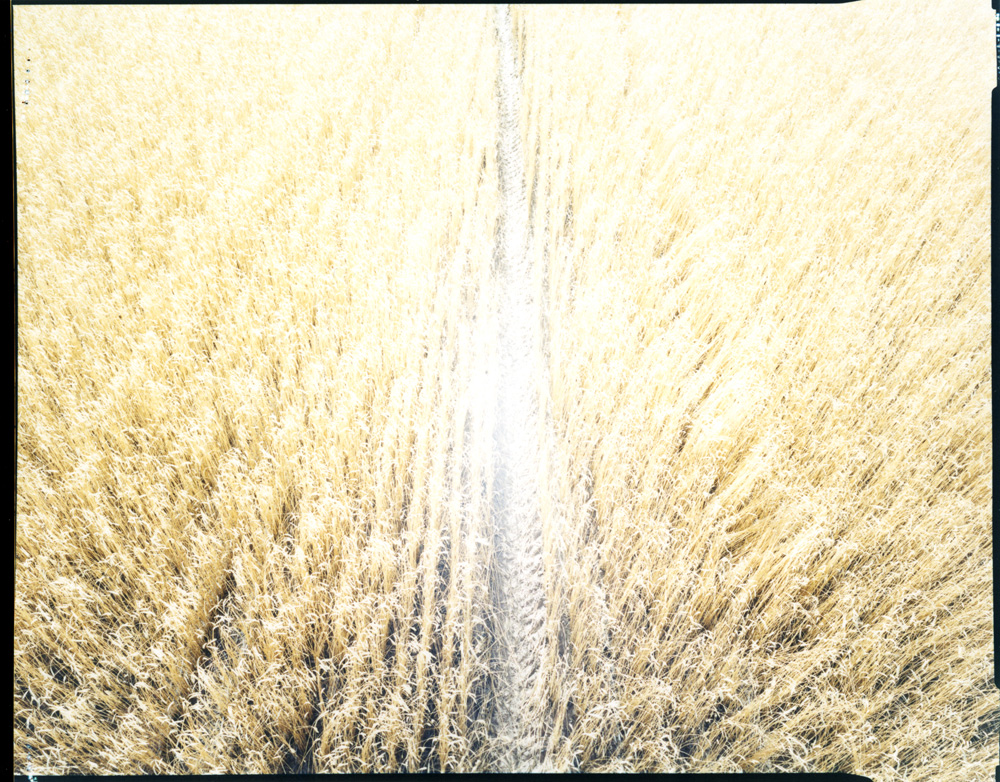
Carlo Valsecchi
Carlo Valsecchi nasce a Brescia il 30 gennaio 1965. Vive e lavora a Milano.
Dai primi anni Novanta ad oggi, ha compiuto campagne di documentazione e di screening dei luoghi della produzione, sfociate in mostre personali e collettive in Italia e all’estero, in spazi privati e pubblici.
Tra le prime, ricordiamo le personali all’Istituto Italiano di Cultura di New York nel 1999, alla Fondazione Guggenheim di Venezia nel 2000, alla Galerie 213 di Parigi nel 2001 e nel 2003, allo Studio Casoli di Milano nel 2001, da Guido Costa Projects di Torino nel 2003 e nel 2006, alla GAMeC di Bergamo nel 2003 e alla Fondazione Rosselli di Torino nel 2005. Del 2006 è il suo progetto sull’industria siderurgica, culminato in una grande mostra alla Triennale di Milano. Nel 2009 ha allestito la mostra Lumen al Musée de l’Elysèe di Losanna e alla Kellerkunst Gallery di Zurigo. Nel 2011, da segnalare “Lumen” alla Galleria Carla Sozzani di Milano, con il Musèe de l’Elysée – Losanna.
Tra le collettive è da menzionare la sua partecipazione alla Biennale di Architettura di Venezia nel 1992, alla Triennale di Milano nel 1996, alla Semaines européennes de l’image – Le bàti, le vivant alla Chapelle du Rham di Luxembourg nel 2002, a Il fantasma della libertà, la sparizione dell’immagine nella fotografia italiana allo Spazio Erasmus di Milano nel 2002, Past, Present, Future alla Bank Austria Kunstforum di Vienna nel 2009 e al Palazzo della Ragione di Verona nel 2010. Nel 2011, Valsecchi è stato invitato da Norman Foster a partecipare al Padiglione Italia della Biennale di Venezia.
Numerosi i suoi libri e gli interventi critici sul suo lavoro: Tector – The architecture of an engine built for reliability, testi di Guido Costa, IVECO,Torino, 2000; Porto Vado, testi di Guido Costa, GF Group, Albenga, 2002; # 0148 Dalmine, testi di Giacinto di Pietrantonio, Skira, Milano, 2003; 2797°F, testi di Marco Meneguzzo e Javier Barreiro Cavestany, 5 Continents, Milano, 2006; Frutta e Verdura, testi di Luca Massimo Barbero e Giuseppe Barbera, 5 Continents, Milano, 2008 e Lumen, testi di Nathalie Herschdorfer e Hatje Cantz, Ostfildern (Germany), 2009.
Ultima pubblicazione in ordine di tempo è il libro “Carlo Valsecchi Fotografie. Architetture Caruso e Torricella.”, da poco uscito per Electa.
Sue opere sono presenti in collezioni private e pubbliche sia in Italia, che all’estero.
Carlo Valsecchi vive e lavora a Milano.
MartRovereto
Corso Bettini, 43
38068 Rovereto (TN)
t. 800 397760
info@mart.trento.it
www.mart.trento.it
Orari: mar-dom 10.00-18.00 ven 10.00-21.00.
Informazioni e prenotazioni
tel.+39 0464 454 154-108
education@mart.trento.it
www.mart.trento.it
Mart:
Responsabile Comunicazione: Flavia Fossa Margutti
Ufficio stampa:
Luca Melchionna 0464.454127 cel 320 4303487 press@mart.trento.it
Clementina Rizzi 0464.454124 cel. 338 6512683 press@mart.trento.it
Il Mart ringrazia:
Provincia autonoma di Trento
Comune di Trento
Comune di Rovereto
In partnership con: UniCredit
Con il sostegno di: campagano spa
Partner tecnici: Cartiere del Garda – Trentino Marketing
Per le attività didattiche: Casse Rurali Trentine

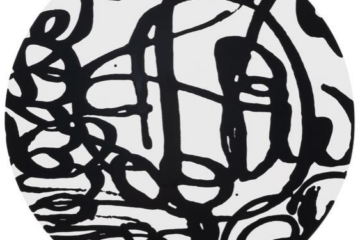
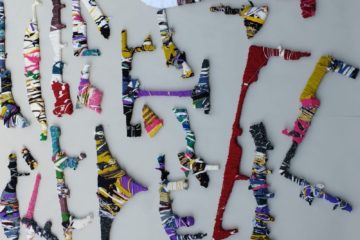
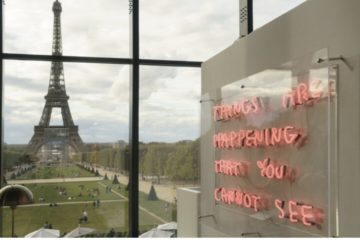
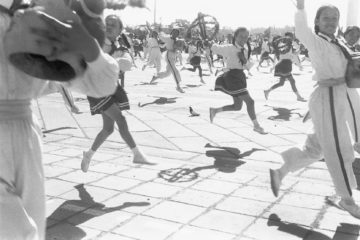

No Comment